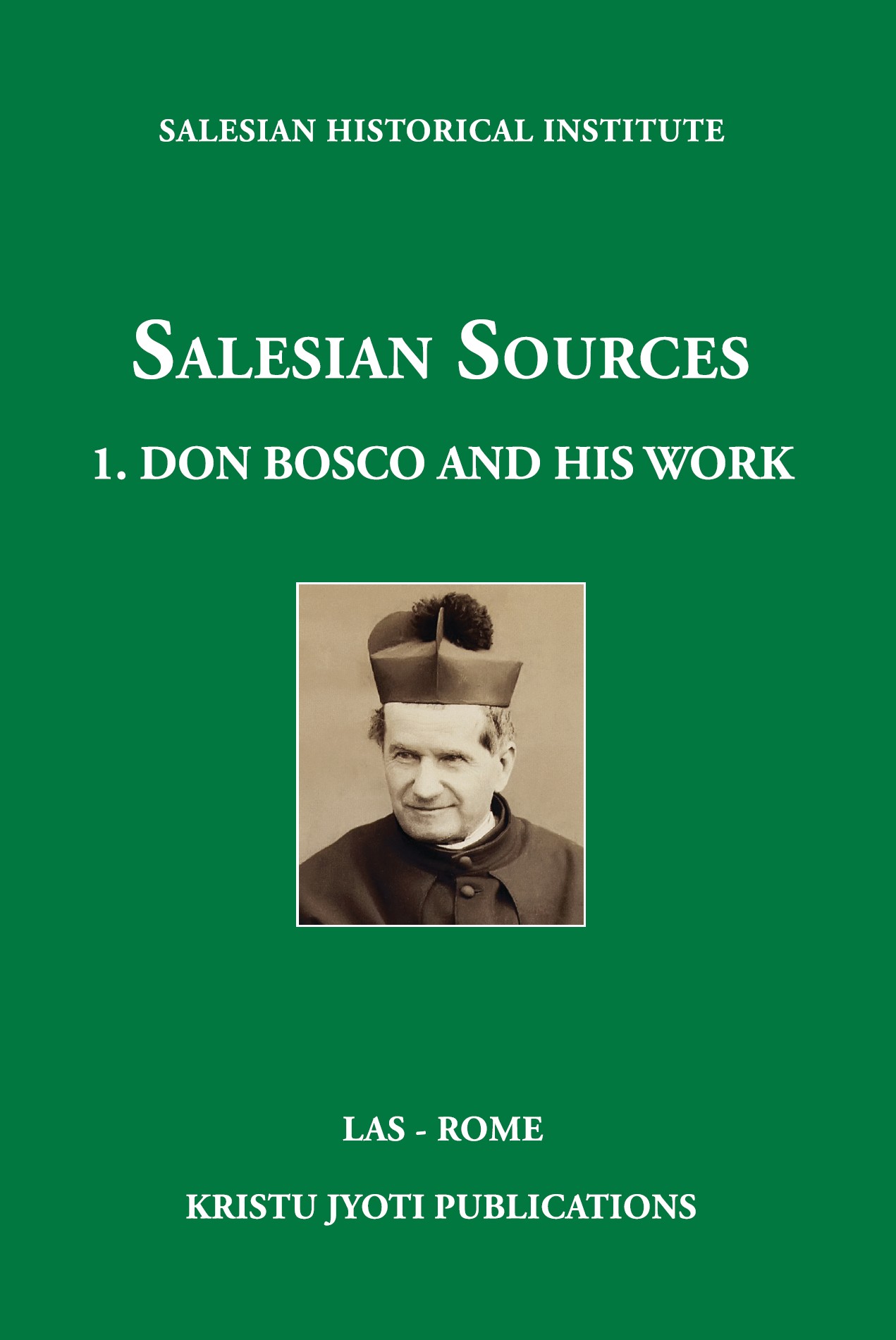Efforts to reform society along Christian lines, undertaken in the Turin diocese after the fall of Napoleon’s Empire, in addition to taking up systematic parish catechesis once more, fostering popular missions, the Forty Hours and retreats for all kinds of groups, focused above all on reform of the clergy, beginning with more careful selection of candidates for the priesthood and diligent care in their preparation. With this in mind diocesan authorities first reorganised the seminary in the capital (1819), strengthening disciplinary and spiritual aspects, and encouraged the initiatives of Fr Luigi Guala, approving the Rule for the Pastoral Institute [Convitto ecclesiastico] (1821), then extended the seminary at Bra (1824-1825), and finally set up a new seminary in Chieri (1829) in the old house which belonged to the Oratorians (St Philip Neri’s priests), putting trusted formators in charge. The model of formation espoused by the archbishop, the Camaldolese Colombano Chiaveroti (1754-1831), drew its inspiration from priestly ideals belonging to post-Tridentine Catholic tradition, with a strong emphasis on apostolic charity and pastoral sacrifice (the priest had to be a “victima charitatis”). Meanwhile groups of generous clergy, supporting his reform efforts, made themselves available for preaching to the people, the ministry of confessions and spiritual direction, along with some orders and congregations that had been set up once more after the suppression in the French era.
This effort at formation gradually showed results. Beginning from the 1840s a band of young priests, well prepared and motivated, entered the parishes and charitable institutes in the diocese, and contributed effectively to the spiritual renewal of society and the revival of religious practice amongst the population. New apostolic frontiers opened up. New pastoral, educational and welfare institutions came into being.
Don Bosco, who grew up over these years, drank in the spiritual and apostolic fervour of the settings where he was formed. Reference models were the holy pastors of the Catholic Reformation—St Philip Neri, St Charles Borromeo, St Francis de Sales and St Vincent de Paul—especially their ardent apostolic energy and practical charity.
Joseph Cafasso, collaborator and successor of Guala at the Pastoral Institute, stood out for his extraordinary talent as a spiritual guide of priests and a teacher of moral theology. He was a much appreciated spiritual director, a zealous preacher, tireless and enlightened confessor, and apostle of charity at the prisons and with the very poor, and by the example of his priestly life, the charisms he was gifted with and the zeal of his charity, he played a decisive role in the spiritual and pastoral regeneration of Piedmontese clergy and laity. He died, utterly worn out from his efforts, at 49 years of age. Don Bosco had him as a teacher and guide, a model of encouragement. It was he who directed him and encouraged him in his ministry to poor and abandoned boys. It was from him that Don Bosco drew lessons for his spiritual life, along with the passion for salvation of souls, tireless charity, zealous faith, pastoral courage.
In this fifth section we include two splendid sermons of Don Bosco’s, one on Fr Cafasso (no. 295), the other on St Philip Neri (no. 296), from which emerges the spiritual importance of their choices and the apostolic energy they gave to Salesian work, of these reference models who were so radical and ardent in their dedication.
Reference time period: 1860 – 1868
Salesian Historical Institute, Salesian Sources 1: Don Bosco and his work. Collected Works, LAS – Kristu Jyoti, Rome – Bangalore, 2017, 1074-1103.
Reference institution:
Istituto Storico Salesiano
